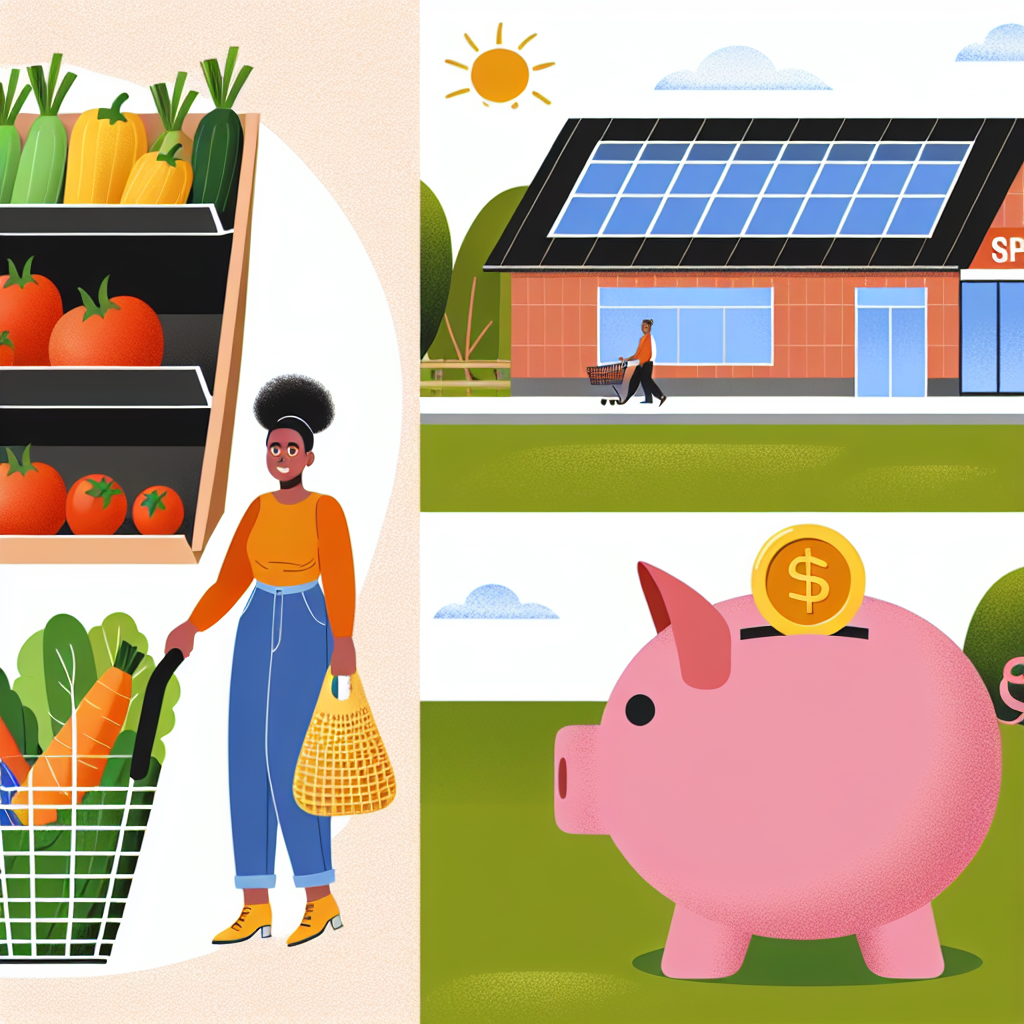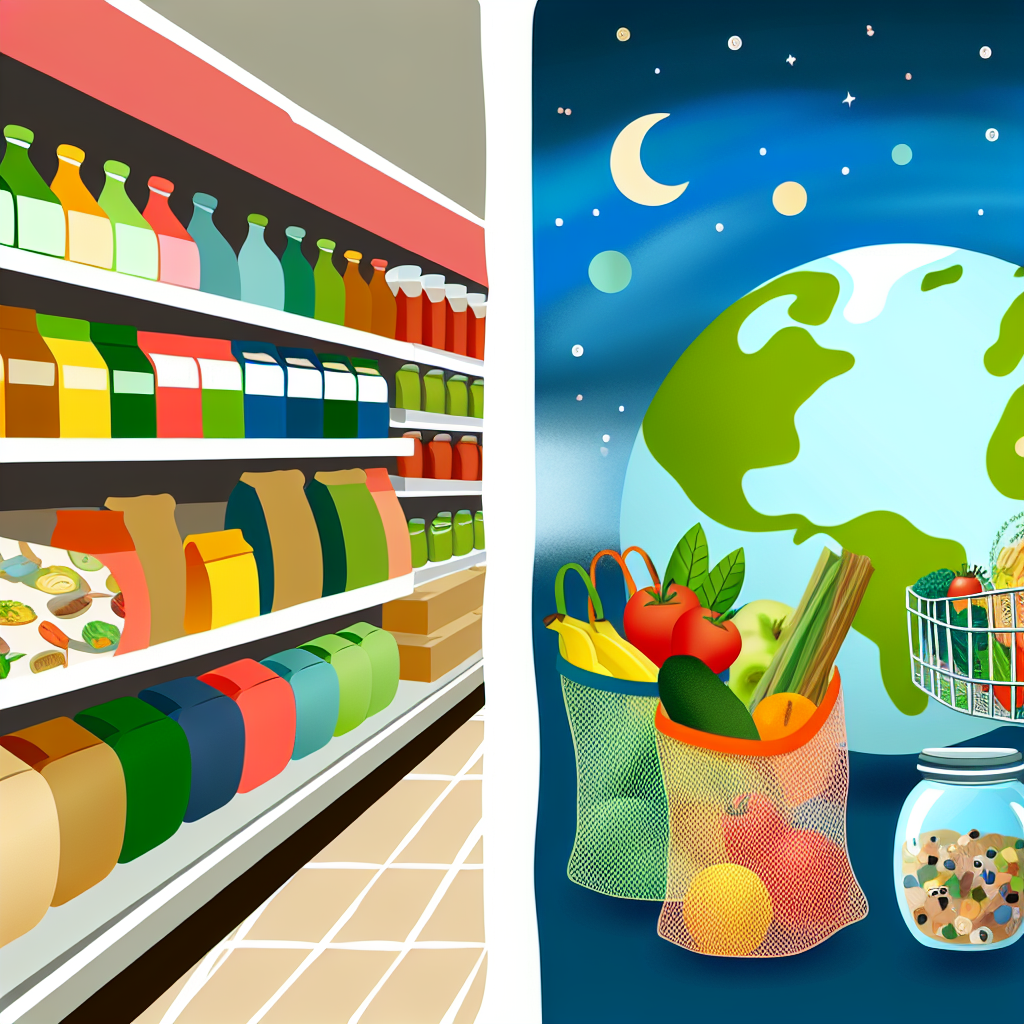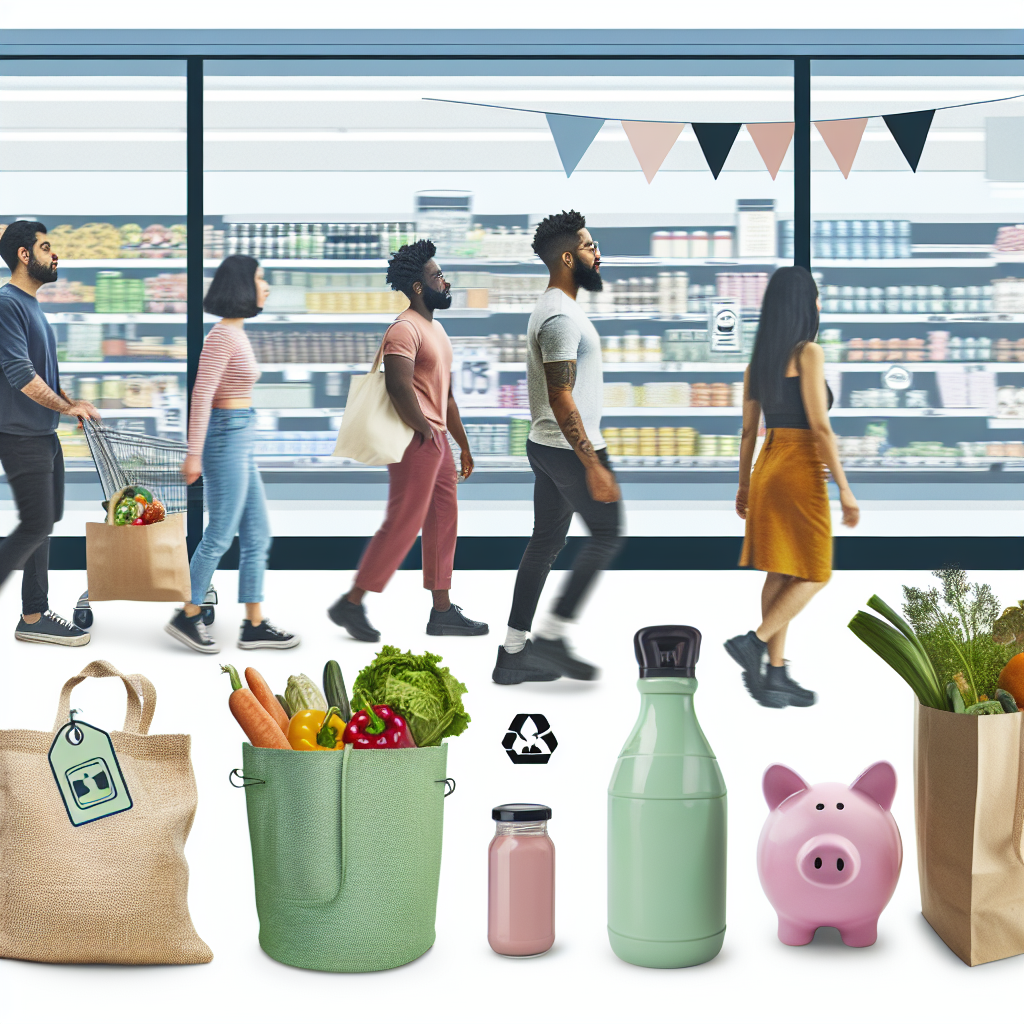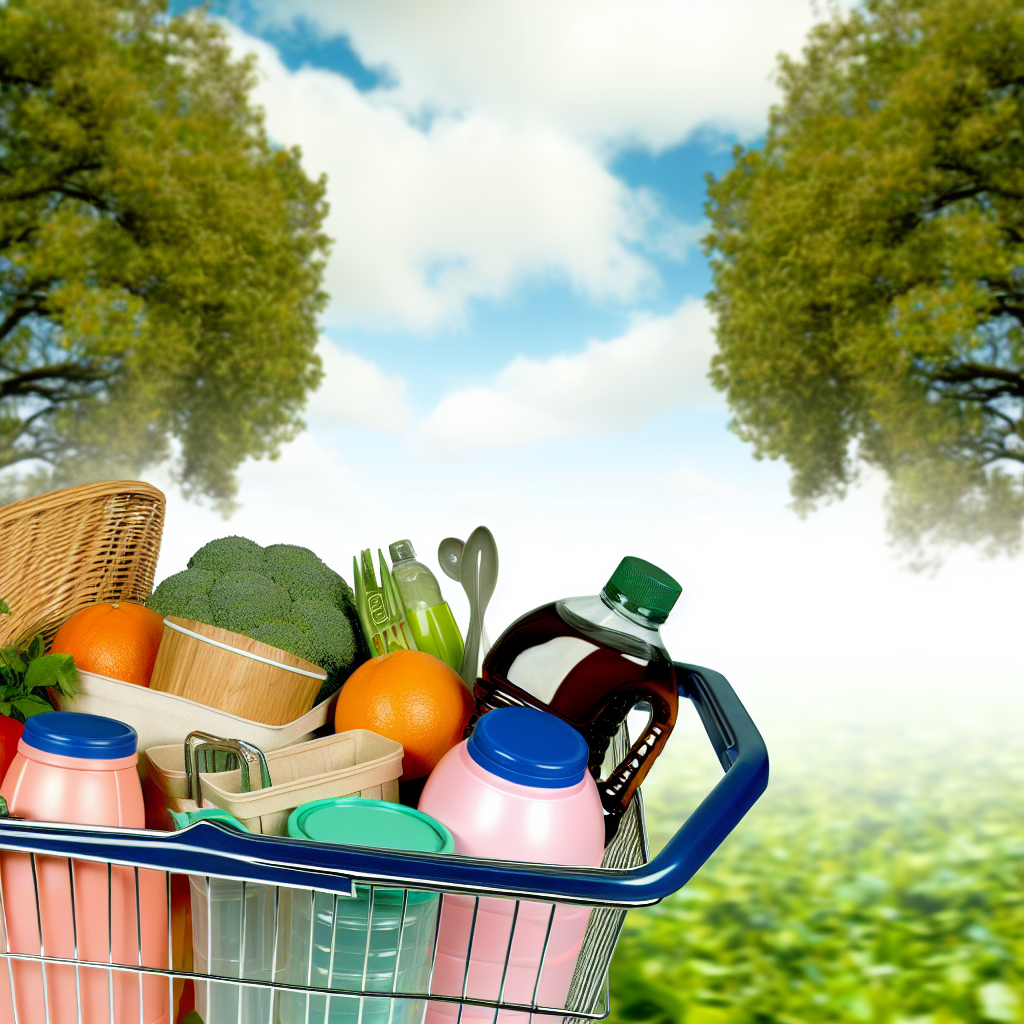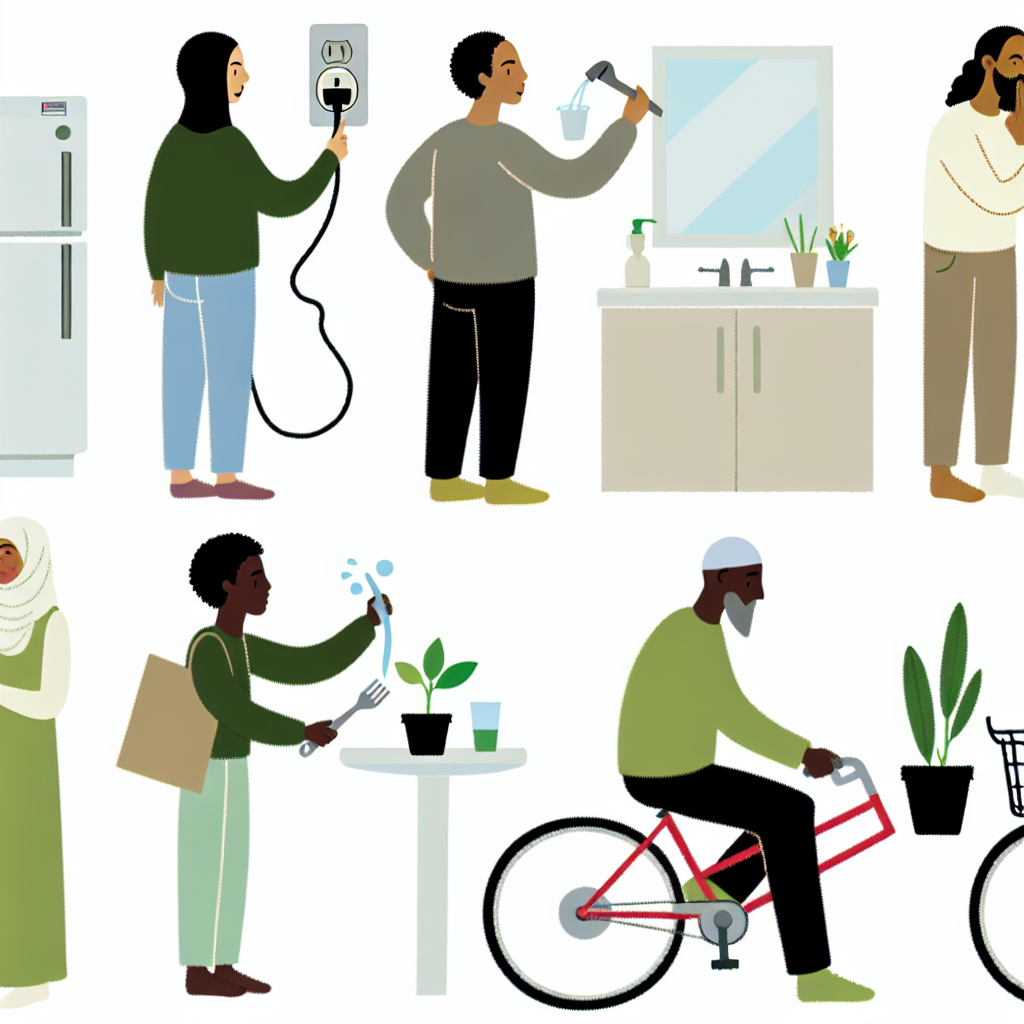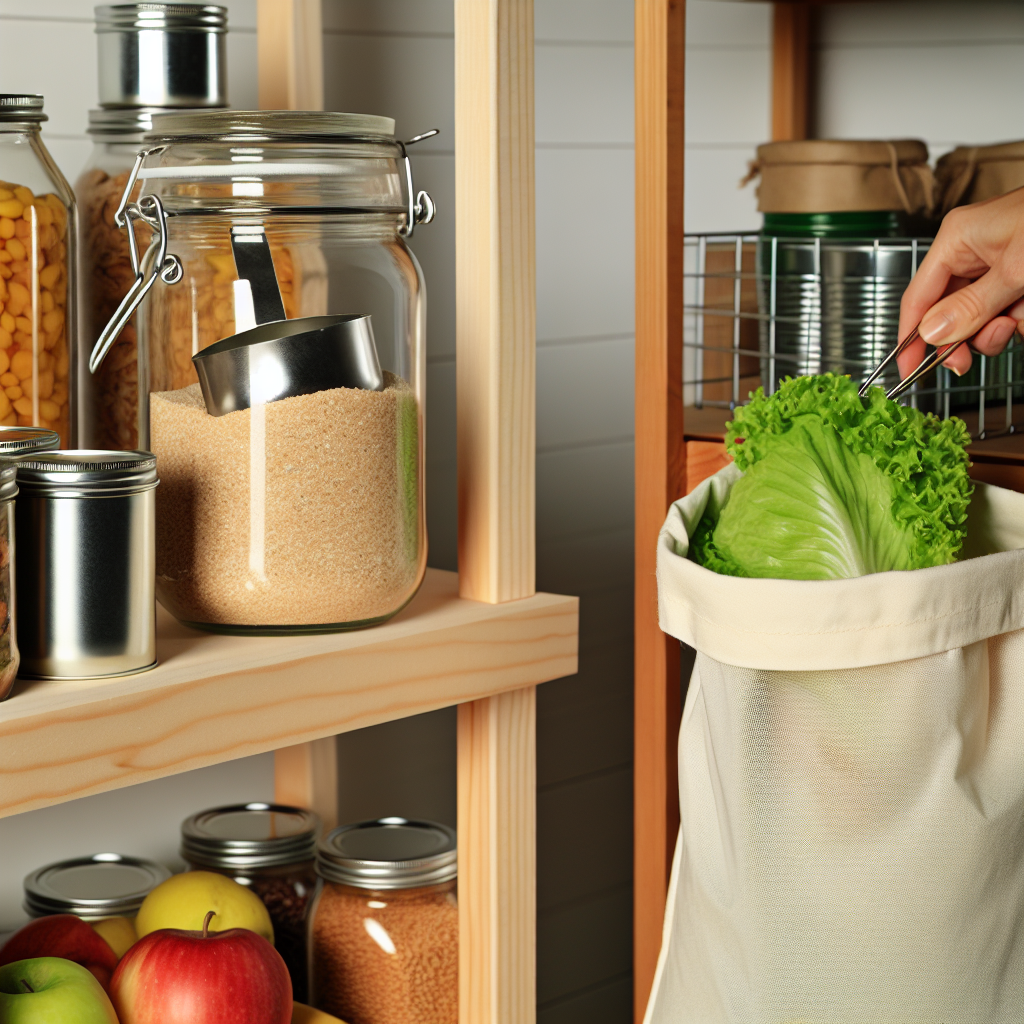10 Cool Ways to Cut Your Grocery Bill and Help the Earth
Introduction
Let’s all agree, grocery shopping can be a bit of an adventure. You go in with a plan, team up with the avocados, and hope you make it to checkout with all your items. But unlike adventures on TV, this one can truly help your wallet and our amazing planet. Welcome to the Frugal Zeitgeist, where we explore smart ways to save money and go green. We have 10 clever ideas that will help you keep more cash and be kind to Mother Earth. A superhero cape is not needed!
1. Try More Plant-Based Meals
Did you know eating less meat can save you money and help the environment? Meals with plants often cost less and use less water and land. Start with foods like lentils, chickpeas, and quinoa. They’re not only cheap, but they are also full of nutrients! Try having “Meatless Monday” at home to begin. Your budget (and waist) will thank you!
2. Buy Food That’s in Season and From Nearby
Imagine biting into a sweet, juicy peach from a farm nearby. It’s not only delicious, but also cheaper than one brought in from far away. Seasonal foods often cost less because they don’t need to travel far or be stored a long time. Plus, buying locally helps reduce pollution from transportation. Check out nearby farmers markets or join a farm-share to support your local growers.
3. Grow Your Own Veggies and Herbs
Imagine picking fresh herbs from your garden or even your window ledge. Growing your own food can save a lot of money and gives you fresh, pesticide-free produce. Start with easy plants like basil, tomatoes, mint, and green onions. These can grow well in small gardens or pots. Plus, gardening helps the environment by supporting different plants and animals. It’s a win-win!
4. Waste Less Food
Around the world, about 1.3 billion tons of food is wasted each year. Instead, plan your meals and make shopping lists to help reduce waste and expenses. Store food properly with airtight containers and freeze what you can’t use right away. Less waste means more savings!
5. Buy in Bulk and Use Refill Stations
Buying in bulk is like finding a treasure! It saves money and reduces packaging waste. Items like grains, nuts, and even cleaners can be bought in bulk. Local refill stations for things like beans, rice, and spices often mean less packaging. Future you will be glad you bought in bulk!
6. Use Tech and Apps
Let technology be your helper! There are many apps to make shopping easier. Apps like Flipp offer discounts and coupons for eco-friendly items, while Too Good To Go helps save extra food from nearby stores. Also, apps like Mint can help you track spending and find sneaky expenses. Let the digital age help you save!
7. Get Creative with Leftovers
Why not make a yummy soup or frittata with last night’s leftovers? Keep scraps in a freezer bag until you have enough to make something new. Leftovers reduce waste and can be tasty creations. Think of each bite as a chance to make something delicious!
8. Make Your Own Cleaning Products
Why buy when you can DIY? Vinegar and baking soda can become cleaning supplies. Try making beauty products like face masks or scrubs at home. The internet is full of DIY recipes—try them and see what works for you.
9. Choose Better Packaging
Packaging matters! Look for brands with simple, recyclable options. Use cloth bags, and your own containers to cut down on plastic waste. Small choices make big differences, helping to clean our oceans and landscapes. Let’s take care of our planet together.
10. Support Good Brands
Supporting brands that care about the earth is a great way to help our future. Look for labels like Fair Trade or USDA Organic to guide your buying. Sometimes sustainable items cost more upfront but last longer and are better quality. In the long run, your savings will grow!
Conclusion
There you go—ten fun ways to lower your grocery costs and help reduce your carbon footprint! From trying new plant-based recipes to starting a garden, every step helps. Share these ideas with friends and family to spread the green love. The Frugal Zeitgeist supports you on this journey to a sustainable and smart lifestyle. Remember, saving the world can be as simple as smart shopping! Enjoy saving!

